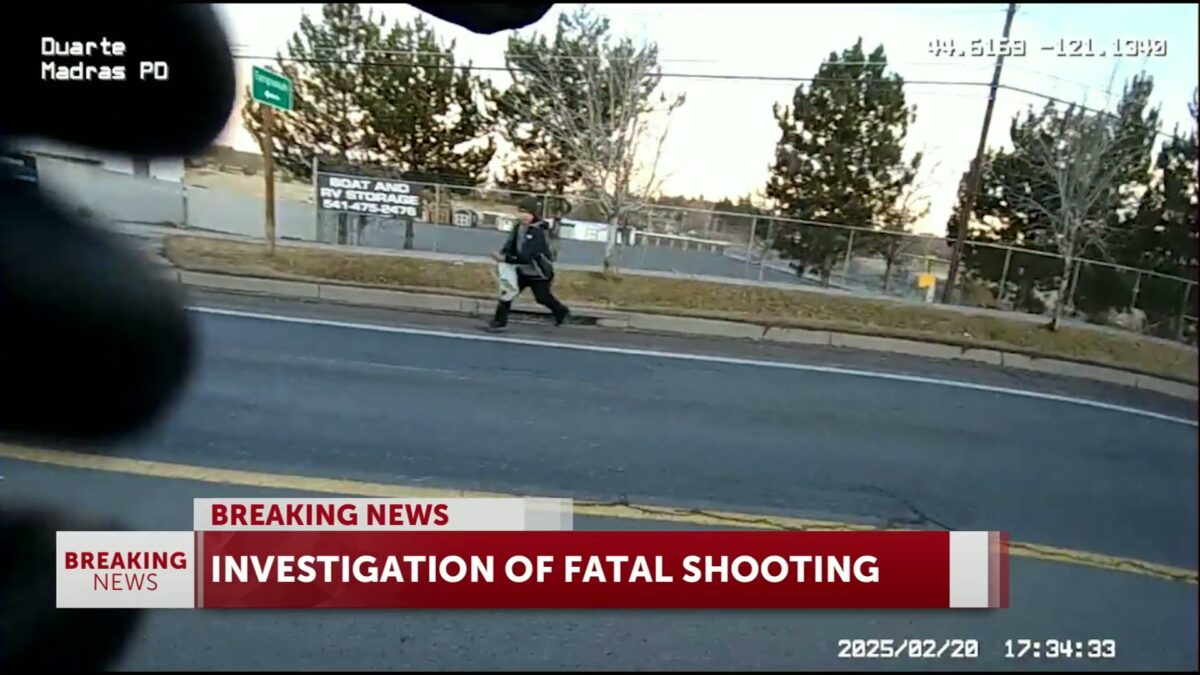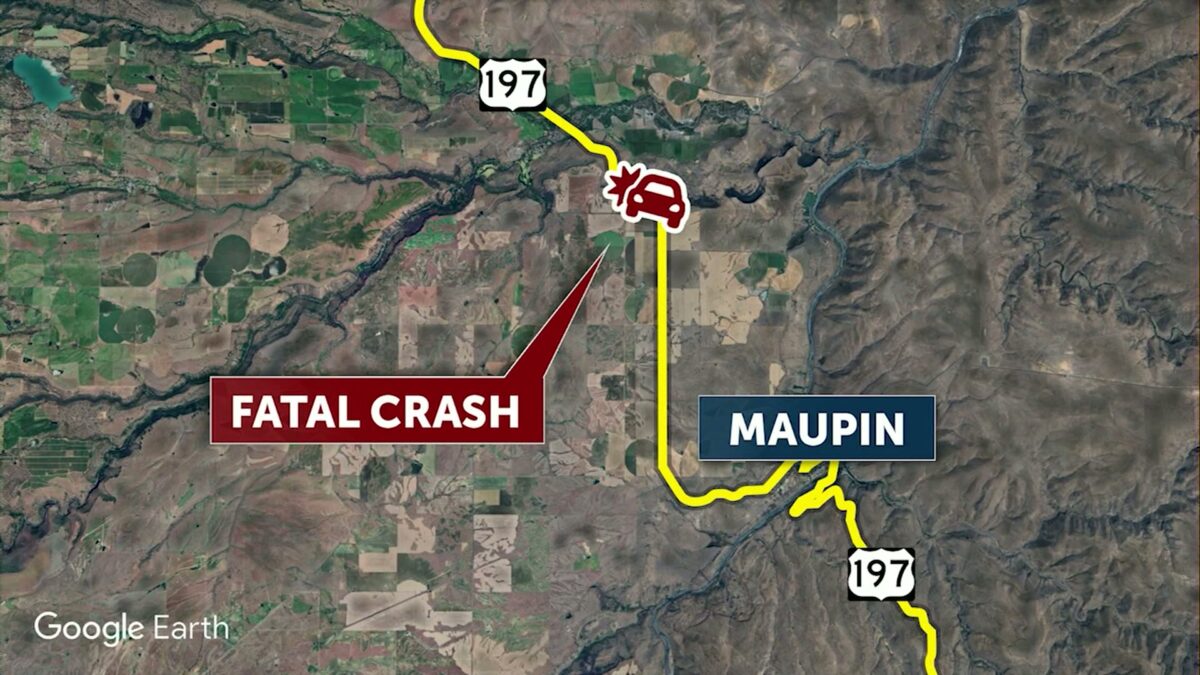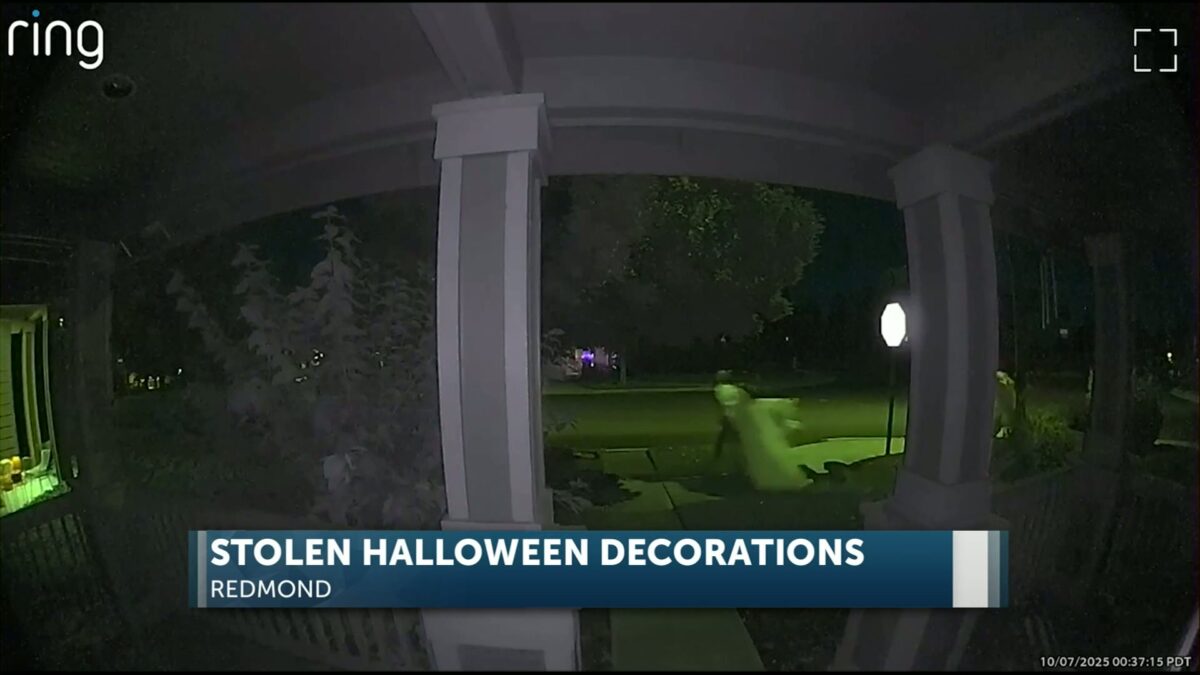Oregon Department of Justice finds Jefferson County sheriff’s deputy was justified in fatal Madras shooting
Barney Lerten
(Update: Adding video)
SALEM, Ore. (KTVZ) — The Oregon Department of Justice said Wednesday it has concluded that a Jefferson County sheriff’s deputy was justified in his use of deadly force last February and acted in self-defense when a man refused repeated commands and approached other deputies with a knife during a confrontation in Madras.
The DOJ announced its conclusion that no criminal charges were warranted after an investigation led by the Bend Police Department into the officer-involved shooting by Jefferson County sheriff’s Deputy Anthony Maldonado on February 20 that resulted in the death of Allan Dale Warner, Jr., 26. The report indicates Maldonado fired five shots, three of which struck Warner.
“The DOJ has concluded that law enforcement’s use of force is not subject to criminal prosecution,” the statement said, also sharing a 12-page letter to Bend Police Chief Mike Krantz, including several body camera photos of the encounter on Highway 97 in Madras.
“The role of the DOJ prosecutors was solely to determine whether the involved officers’ conduct warranted criminal charges,” the department said. “Questions regarding matters that are civil or administrative in nature were beyond the scope of the investigation.”
“Attorney General Dan Rayfield thanked the Bend Police Department and all members of the Central Oregon Major Incident Team for their efforts in conducting the investigation,” the DOJ statement concluded.
The report is signed by two Oregon senior assistant attorney generals: John Casalino and Interim Jefferson County District Attorney Steven Leriche.
A protest and vigil was held days after the shooting in front of Madras City Hall, attended by Warner’s mother, who said her son “wasn’t an angry person.”
The report says Madras Police, sheriff’s deputies and Oregon State Police were called to the area near Motel 6 in Madras that evening on reports of two men fighting. A caller told police the men broke it up when they honked their car horn.
It says law enforcement found Warner yelling and reaching into his pockets. When Deputy Isiah Duarte told Warner to show his hands, he yelled, “among other things, ‘I’ve got metal on me.'” Attempts to de-escalate the situation “did not work,” the report says.
Deputy Tyler Eicher warned Warner, then used a Taser, twice, but it proved “ineffective.”
Officers soon saw Warner pull a knife out of his pocket, yelling and making slashing movements at the officers. Body-worn camera video showed several law enforcement ordering Warner to stop and get on the ground, but the report says he “ignored those commands.”
At one point, Deputy Maldonado dropped his non-lethal shotgun on the highway, unholstered his pistol and pointed it at Warner, telling him “that he was going to kill him,” the report says.
Warner picked up the non-lethal shotgun but did not try to fire it. Maldonado yelled at other officers to “shoot him,” but they did not fire their pistols. Warner soon put the shotgun back on the ground as efforts to de-escalate the situation continued.
More Tasers were deployed, but Wawrner ripped the probes off his clothing.
Soon as the confrontation progressed down the street, “Depujty Maldonado believed Mr. Warner was going to use the knife to stab law enforcement officers.”
At the moment Maldonado fired five rounds at Warner when he came within a few feet of Officer Duarte, OSP Trooper Cole Binning said later he “also considered using deadly force to protect Officer Duarte, but because there were officers in front of him, he decided he could not do so without putting others at risk.”
“Mr. Warner turned toward the officers so quickly, and he closed the distance so fast, that there was no reasonable opportunity for Deputy Maldonado to further apply verbal de-escalation, other resources or techniques, or even to give another verbal force warning,” the report says.
“Furthermore, no other resource available to Deputy Maldonado at the time would have been effective to counter the threat that Deputy Maldonado reasonably believed Mr. Warner presented.”
The report concludes: “The facts and evidence in this case do not support a conclusion that law enforcement’s use of non-lethal force was unreasonable. Furthermore, the facts and evidence do not support a conclusion that Deputy Maldonado unreasonably believed that Mr. Warner was an imminent deadly threat, or that Deputy Maldonado’s use of deadly force to defend himself and others against that deadly threat and was objectively unreasonable.
“Therefore, there is insufficient evidence, under Oregon criminal law, to disprove that Deputy Maldonado’s use of deadly physical force against Mr. Warner was in self-defense or used in the defense of others. As such, the use of force against Mr. Warner was not criminal.”
OISJeffersonCounty196160 CJD0431-25LetterToM Krantz100825Download









